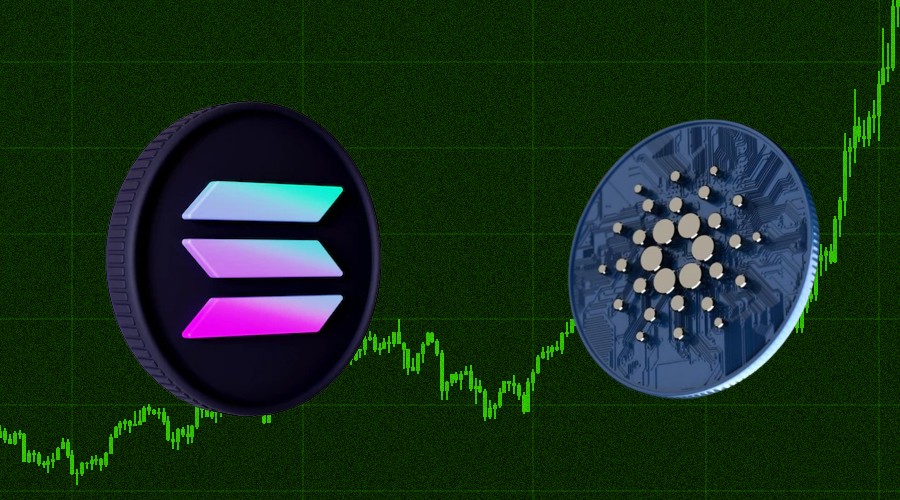Justin Bons, founder and CIO of Cyber Capital, Europe’s oldest cryptocurrency fund, recently took to X to express his concerns about misleading transactions per second (TPS) metrics reported by Solana (SOL) and Cardano (ADA). In a thread, Bons claims that both networks are spreading misleading information that deviates significantly from established industry standards.
“The two biggest offenders of “fake” TPS measures are SOL and ADA: SOL misleads investors by a factor of 6.5, while ADA misleads investors by a factor of 26.5! Both are guilty of ignoring industry standards for TPS,” Bons said in his initial post.
Cardano and Solana: Real Numbers
Bons explains that Solana’s often-quoted maximum theoretical TPS of 65,000 falls far short of its practical capabilities. He breaks down the computation by the network’s per-block computation limit of 48 million compute units (CUs). With each basic transaction costing about 450 CUs and blocks occurring every 0.4 seconds, the theoretical TPS initially appears to be around 266,000. However, Bons notes that cryptographic limitations, particularly the EDDSA verification process, significantly reduce this figure. The real bottleneck brings the maximum achievable TPS down to around 50,000.
For Cardano, Bons criticizes the network for advertising a maximum theoretical TPS of 477, which stands in stark contrast to the more realistic figure based solely on its actual block and transaction size configuration – 90,112 bytes per block, with each transaction taking 250 bytes, calculated over a 20-second block time, resulting in a mere 18 TPS. Bons points out: “This is a clear example of theoretical highs being confused with practical capacity. The truth is much more modest, and far from the high numbers often cited.”
To further complicate the TPS discussion, Bons criticizes both networks for their approach to calculating transaction throughput. “So why does ADA claim to have 26x the capacity that is possible? (compared to SOL’s 6x). That’s because ADA counts multiple outputs as separate TXs! Almost every other chain is able to aggregate TXs at no additional cost. Yet none actually count this towards TPS,” Bons argues.
He adds: “It’s misleading to count multiple outputs from the same transaction as separate transactions. It artificially inflates TPS numbers, which is not the case for most other chains.” This leads him to propose a new metric, outputs per second (OPS), which he says would provide a more accurate representation of a network’s capacity.
Bons also relies on real usage statistics to ground his argument in reality. “SOL’s current true TPS is 739 and ADA’s is 0.4, when measured by actual transactions processed on the network,” he notes, highlighting a glaring disparity between marketed capacity and actual performance.
The researcher also discusses the broader implications of these discrepancies. He suggests that inflated TPS figures not only mislead investors, but could also potentially hinder broader adoption of these platforms. “Misleading TPS metrics can deter new users and developers from adopting these platforms due to a lack of trust or misguided expectations about the network’s capacity,” he explains.
Bon’s verdict on Cardano is devastating: “The truth is that there is virtually no usage of ADA. That’s what this TPS usage figure represents, because most of it far exceeds ADA usage right now. Waves of adoption have overtaken ADA for this reason. As a critic, I’m trying to save a massive community from becoming increasingly irrelevant.”
He concludes his critique by calling on the blockchain community to have higher standards of transparency and accuracy in how performance metrics are reported. “What matters is to have a consistent and comparable TPS metric across platforms to help investors and users make informed decisions,” Bons says.
At press time, Cardano was trading at $0.3335.

Featured image from LinkedIn, chart from TradingView.com




